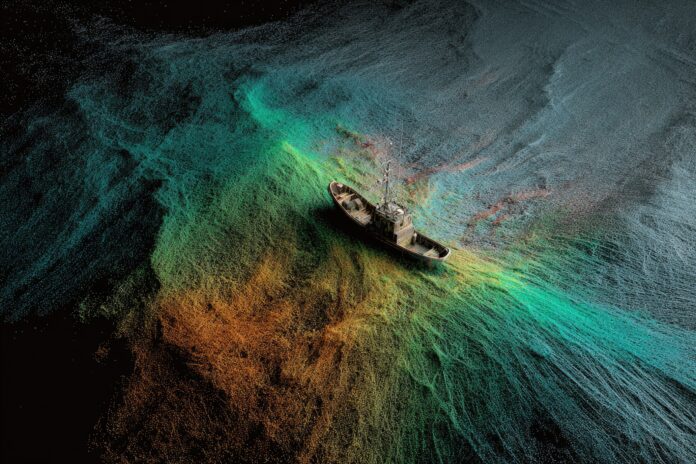The Hidden Peril of Ghost Fishing Nets
AI-powered ghost fishing net detection is reshaping how we protect our oceans. Ghost nets—abandoned, lost, or discarded fishing nets—represent one of the most significant threats to marine life and ecosystems. These nets are almost invisible underwater, trapping sea turtles, dolphins, seals, and countless fish species. Most importantly, they contribute extensively to microplastic pollution as they degrade, ultimately entering the food chain and impacting human health as well.
Why Detection Has Been So Challenging
Traditional ghost net detection relies on manual analysis of sonar scans and underwater imagery. This process is incredibly slow, labor-intensive, and limited in scale. Because ghost nets often resemble fine threads or blend seamlessly into their surroundings, even trained experts can struggle to spot them. Therefore, many ghost nets remain undetected, continuing to harm marine ecosystems for years or even decades.
AI Drives a Quantum Leap in Detection
The introduction of AI-powered ghost fishing net detection has transformed this daunting task. WWF Germany, alongside technology partners Accenture and Microsoft’s AI for Good Lab, developed GhostNetZero.ai, a cloud-based platform that uses artificial intelligence to automatically analyze massive quantities of underwater sonar data. By leveraging cutting-edge technologies like Convolutional Neural Networks (CNN) with DeepLabV3 and a ResNet50 backbone, the platform scans sonar images for the unique patterns of ghost nets with remarkable accuracy—up to 94%[2].
How GhostNetZero.ai Works
GhostNetZero.ai is more than just a detection tool. It is a global, collaborative effort. Oceanographic institutes, government agencies, and offshore wind companies contribute high-resolution sonar data, which traditionally sat unused in data archives. Once uploaded, the AI system analyzes this data at scale, flagging likely ghost net locations. Each sonar image carries precise geolocation metadata, so when the AI spots a ghost net, its location can be mapped instantly for targeted removal[3].
Environmental and Social Benefits
AI-powered ghost fishing net detection offers several key advantages:
- Speed: Automated analysis replaces weeks of manual review, enabling timely interventions.
- Scale: Petabytes of sonar data from oceans worldwide can now be analyzed efficiently.
- Accuracy: With 94% detection accuracy, false positives and missed nets are significantly reduced[2].
- Collaboration: Crowdsourcing data accelerates the mapping of ocean threats, uniting multiple stakeholders in ocean conservation.
Besides that, this technology empowers conservationists to respond faster and more efficiently, saving countless marine animals. It also improves the health of fisheries and supports sustainable seafood by reducing unintentional bycatch and plastic pollution.
Looking to the Future
As AI-powered ghost fishing net detection becomes a standard tool in marine conservation, the approach will only improve. Advances in AI and underwater imaging will further refine detection capabilities. More organizations are joining the effort by contributing their sonar data. Therefore, the hope is that fewer ghost nets will go undetected, and our oceans will become safer for all marine species.
Join the Fight Against Ghost Nets
Your organization can help protect the oceans. If you operate research vessels, survey the seafloor, or have access to sonar data, contributing this information to platforms like GhostNetZero.ai directly accelerates the cleanup of our seas. Every data upload and every detected net brings us a step closer to healthier marine ecosystems for future generations.
References
- German NGO Comes Up With AI-Based Tool to Find Ghost Nets
- AI Helps Locate Dangerous Fishing Nets Lost at Sea
- AI-Powered Tool Revolutionizes Detection of Ghost Fishing Nets
- Artificial intelligence used to locate ghost nets in ocean



